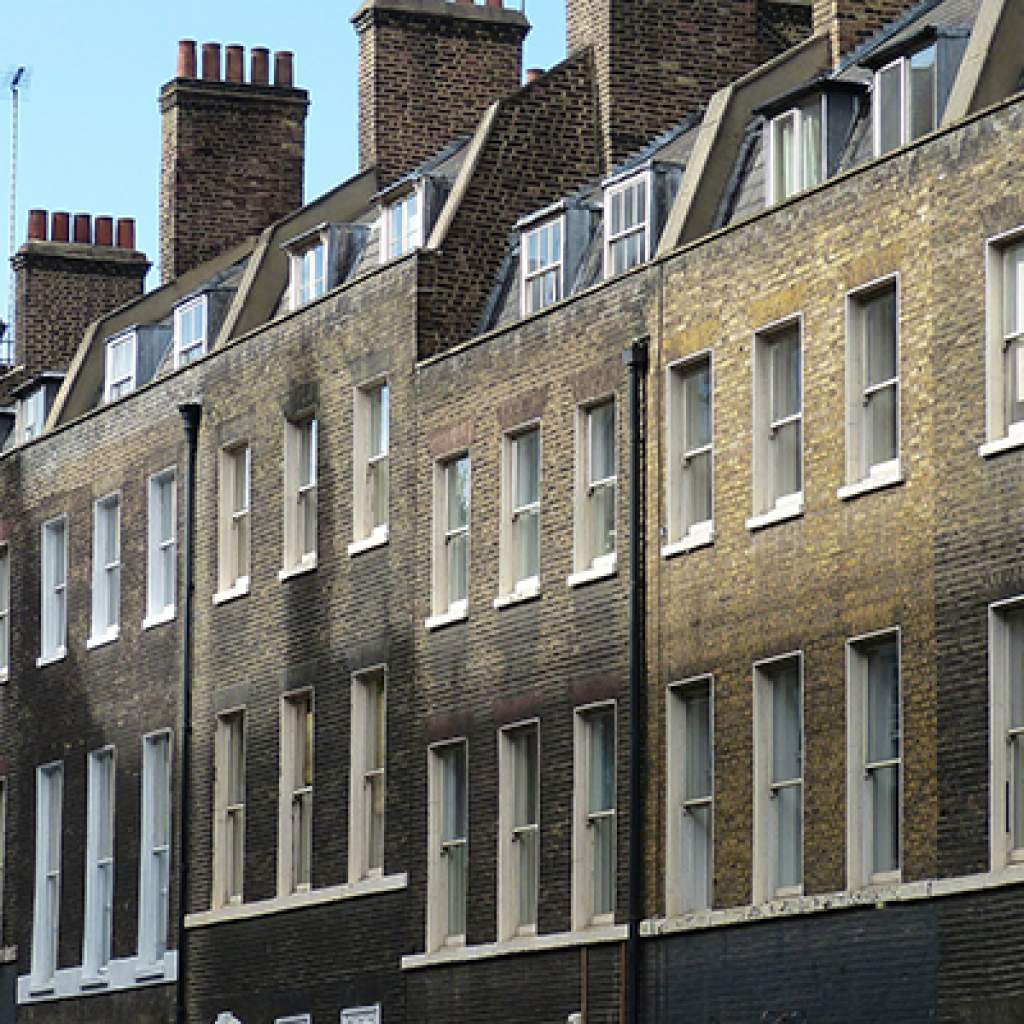Her Majesty’s Revenue & Customs is to mount a court challenge to stamp duty tax avoidance schemes set up for home buyers to exploit a loophole in the law.
The taxman’s move follows this year’s Budget when the Chancellor announced that he would be clamping down on stamp duty avoidance.
HMRC have estimated that the tax avoidance schemes have cost it millions in lost revenue. They are currently investigating 1,200 people suspected of having underpaid stamp duty by a collective total of £35m, whilst it will also go after others who have avoided the tax altogether.
There are various methods used in these schemes and there are dozens of companies who offer stamp duty avoidance at a charge, often equal to half of the stamp duty that would normally be payable.
HMLR are especially interested in the use of limited companies to buy properties and then sell them to individuals. Essentially, the purchaser sets up a Special Purpose Vehicle, a company or a trust with a property as its sole asset. The purchaser then buys shares in the company and is subjected to a tax rate of just 0.5%.
An HMRC spokesperson said:
“The schemes rely on an interpretation of law that produces an outcome different from that envisaged when the law was enacted, and that HMRC does not accept.”
I have experience of a client who purchased a property through one of these schemes over a year ago. The client was advised by the company dealing with the scheme that the Inland Revenue would only have 12 months in which to reclaim tax and after this date, they would be ‘free of any comeback from HMLR’. Almost a week before the 12 months deadline the client received a letter from HMLR advising that they were being investigated. Luckily for the client the Conveyancer retained the full stamp duty on account, and did not pay the company their fee, equivalent to half of the stamp duty.
Other schemes and loopholes being investigated include those who try to reduce stamp duty by paying separately for fixtures and fittings in a bid to bring the purchase price for the property under the tax threshold. These people may have to prove to the taxman that what they paid for these assets did not exceed their true value.
Have you had a similar experience? What happened to your client?
Today’s Conveyancer, bringing you the latest conveyancing news and updates.




















